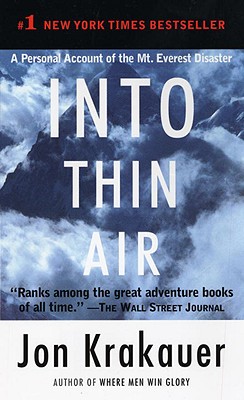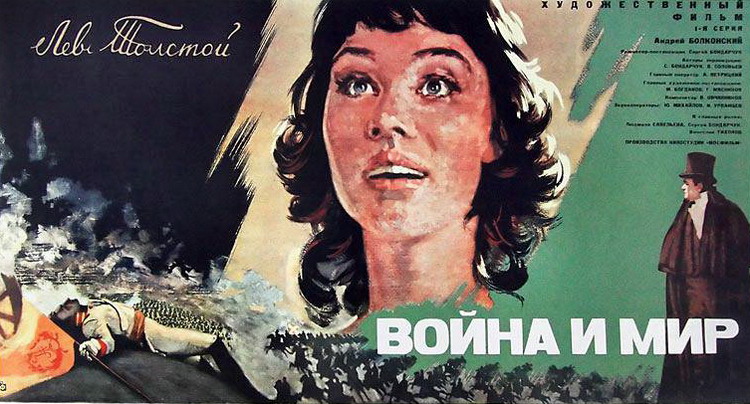Talk about an intimate venue. A group of friends in England have built an unlikely entertainment franchise, filming performances by the musicians they admire–in the backseat of a London taxicab. The project is called “The Black Cab Sessions,” and the method is simple: “One Song. One Take. One Cab.”
It started in 2007 as something of a lark–an improvised collaboration between members of a music promotion company, Hidden Fruit, and a film company, Just So Films–but the project soon took on a life of its own. Musicians responded enthusiastically, embracing the whimsy and challenge of playing in such cramped, unsteady quarters. Now there are performances by about 100 artists on the Black Cab Sessions website. Most of the musicians are young indie acts, but there are some veteran performers as well, including Martha Wainwright, Richard Thompson and Brian Wilson. There are some famous groups, like Weezer, Mumford and Sons, My Morning Jacket and (yes, of course!) Death Cab for Cutie, but many of the most inspired performances are by musicians you might not have heard about.
The music ranges widely–from Delta blues to beatbox, and from hip hop to Paganini. One of the most popular sessions isn’t music at all, in the strictest sense, but a mesmerizing poetry performance by Benjamin Zephaniah. The one rule, according to Black Cab Sessions co-founder Jono Stevens, is that the filmmakers love the artists’ work. “Big or small,” Stevens said in a TV interview, “It really doesn’t matter. It’s about someone we really, really feel passionate about.”
There’s a lot to discover on the Black Cab Sessions website. You can dive right into the collection here, or start by sampling a few of our favorites, including Death Cab for Cutie singing No Sunlight above, and:
Lykke Li
Amanda Palmer
Langhorne Slim
Killa Kela
Seasick Steve
Beach House
Benjamin Zephaniah
Charlie Siem
My Morning Jacket




